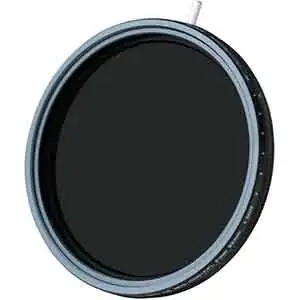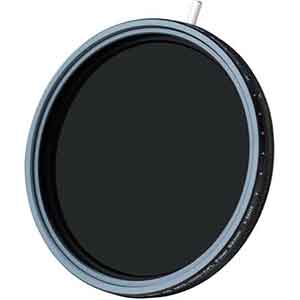Lens Filters
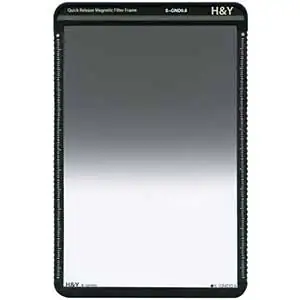
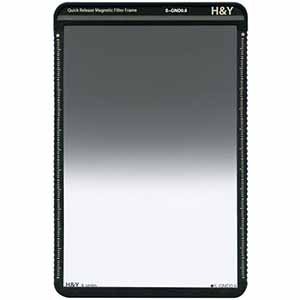
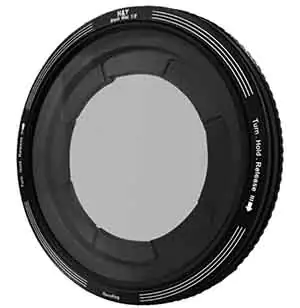
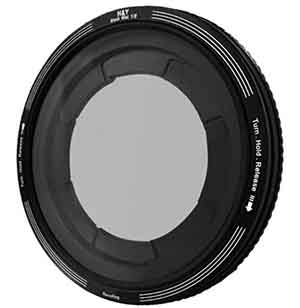
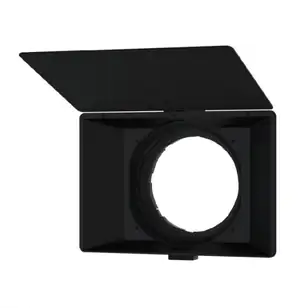

REVORING Swift System
Swift Magnetic Variable Adapter
Swift Magnetic VND Filter
Swift Magnetic Adapter, Screw-on, For Wide Lens
Swift Magnetic Bridge Ring
Swift Magnetic Drop-in Filter Rack
Swift Magnetic VND Filter
Swift Magnetic Clip-on Filter Holder
Swift Magnetic Matte Box
Swift Magnetic Collapsible Lens Hood
Swift Magnetic Adapter For Special Lenses
Choosing Lens Filters for Your Camera
Although it's usual for photographers to use filters to protect their lenses from scratches, thumbprints, and dust, the real benefit lies in the way filters improve images and, in some instances, achieve effects that even the best photo editing suites cannot replicate. There are many different types of lens filters, each for a specific purpose. Filters attach in one of two ways. The most common are circular filters that directly screw onto the lens. The second method is to use a filter holder that accepts universal type rectangular filters. This is useful if you use multiple filters to obtain different effects.
Types of Lens Filters
DSLR lens filters fall into three general categories and are available from many popular brands. Names you'll often see include Tiffen, Hoya, Heliopan, and Canon filters. Some primarily protect lenses against dirt, dust, or moisture, while others change the properties of light as seen by camera sensors, while yet others create special effects. Common filters used by photographers include:
Clear filters: Used as lens protectors
Ultraviolet (UV) haze filters: Reduce haze, and they're commonly left on the lens permanently as a lens protector
Skylight filters: Slightly pink filters used to reduce blues, correct haze, and act as a lens protector
Polarizing filters: Reduce glare, cut unwanted reflections from water, and saturate colors, making skies appear bluer and clouds whiter
Neutral density filters (ND): Dark filters that reduce the amount of light the sensor receives so larger apertures and slower shutter speeds can be used to reduce the depth of field or to create motion blur
Graduated ND filters: Similar to ND filters except part of the filter is darker, so it's possible to expose bright backgrounds and dark foregrounds correctly
Diffusion and soft focus filters: Used to soften image details in portraits
Star filters: Create starburst effects over bright lights
A photo filter or video filter must be the right size to fit the thread on the front of the lens. The diameter is stamped or printed on the lens body, usually toward the front. Because lens sizes vary, it's common to have filter kits for each lens.
Using Filters
Although it's possible to use several circular camera lens filters, one on top the other, this isn't a good idea because the multiple layers of glass may affect image quality, and, if the filters extend too far, they may interfere with the picture when you're using a wide-angle lens. When several filters are needed, consider using rectangular filters mounted in a separate holder. These filters are thinner and made of plastic, gelatin, or resin, and cause less distortion.
Some filters are adjustable. A polarizing filter turns to obtain the desired effect, while an adjustable neutral density filter darkens. Colored filters change the hue, correct for color temperature, increase the warmth, and reduce the harshness of bright lights.
Protect your camera lenses and improve your photographs with help from B&H Photo and Video's selection of neutral density, protective, and polarizing filters.


